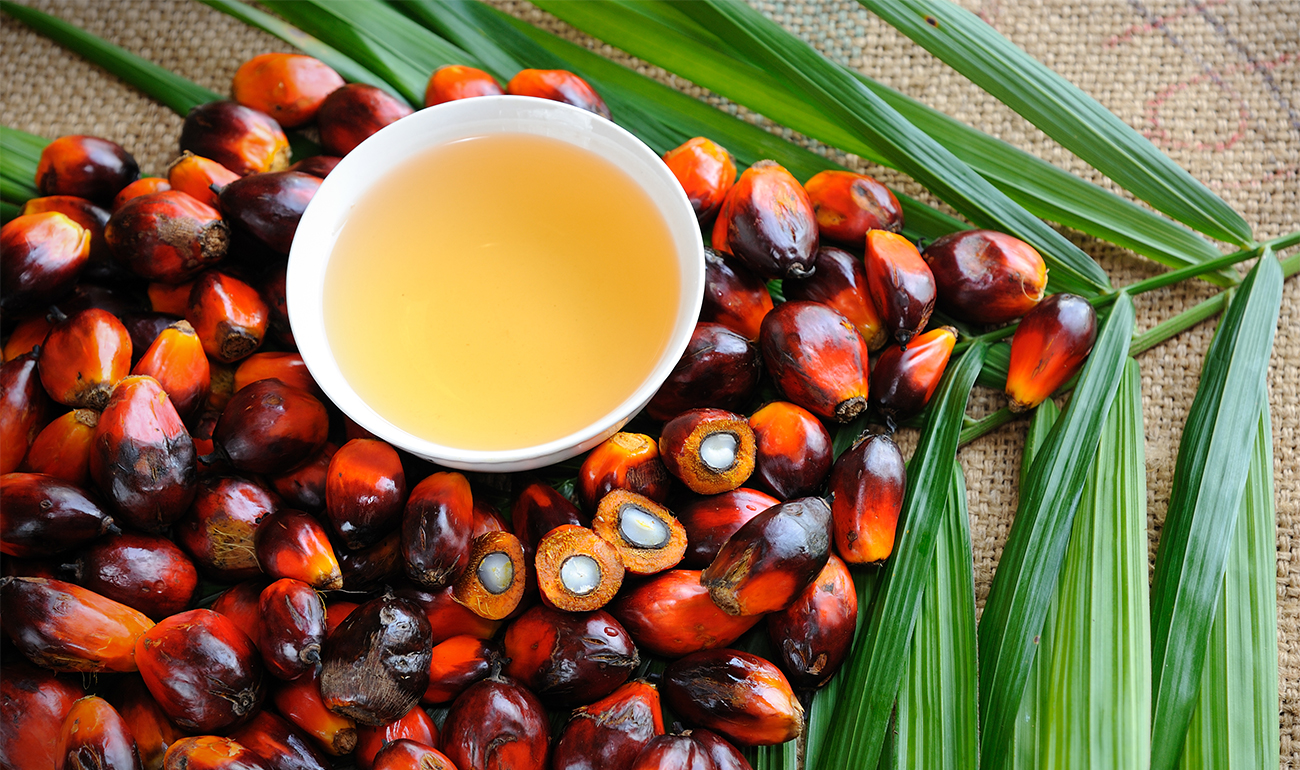Russia. July rains may deteriorate the quality of grain
7 August, 2018 at 16:08
In July, the European part of Russia was dominated by warm weather (up to 25-28°C in the daytime), even sometimes hot (30-35°C, up to 40°C in the south), with rains of various intensity. Most areas received 50 to 100 mm of precipitation over the month, while some areas got 120-200 mm. Frequent rain and high air humidity resulted in too wet topsoil. Locally, this situation caused a dangerous agrometeorological event such as “excessive soil moisture content at the time of grain harvest.” These conditions complicated the harvest or made it impossible. Darkening of the stem and ear is reported in part of the fields, as well as grain shedding and germination in standing plants. This may deteriorate the grain quality and increase crop losses.
Low precipitation rates were registered in single southern and eastern areas (15-35 mm over the month); hot winds locally occurred. Late arable crops and early spring grain crops of late sowing time had insufficient amounts of available soil moisture. In part of the fields, the plants were damaged by drought to various extents, reports UkrAgroConsult.
Overall, the agrometeorological conditions were mostly fair for growth, development and yield formation processes in major crops. In the Central federal district, part of winter crops has lodged, therefore their harvest may be complicated. Grain filling continued in spring grains, even grain ripening was in progress in the south. Those of early sowing time became fully ripe on July 21-31. Panicle and cob flowering was observed in corn, while sunflower was at the stages of flowering and seed filling.
Rains replenished soil moisture and thereby improved growing conditions for late cereals and industrial crops.



